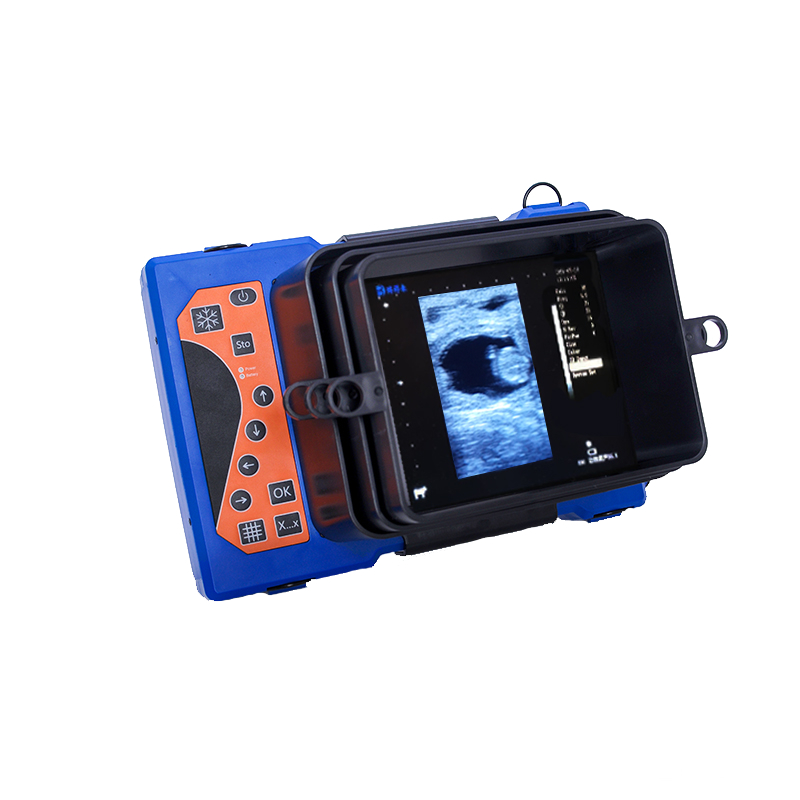During normal delivery of ewes, lambs can be produced within a few minutes to 30 minutes after the rupture of the amniotic membrane. Imported lambs are observed in normal fetal position using B-ultrasound. At birth, the two forelimbs and head are usually exposed first, and the head is placed tightly on top of the two forelimbs. If the imported sheep are observed as twin lambs on B-ultrasound, there may be intervals of 5-30 minutes, but there are also cases that can last for several hours or more. Therefore, after the ewe gives birth to the first lamb, it is necessary to check if there is a second lamb. The method is to use the palm to lift the ewe's abdomen with appropriate force. If it is a twin, the smooth body of the lamb can be felt. During the lambing process of ewes, it is generally not necessary to interfere and it is best to let them give birth on their own. However, some primiparous ewes need to be assisted by B-ultrasound to observe the narrowness of the pelvis and vagina through imported sheep, or twin ewes need to be assisted by labor when they are already tired after giving birth to the second lamb. The method is as follows: a person is placed on the back of the ewe's body, gently pressing its genitals with their knees. After the lamb's mouth is exposed, they use one hand to push the ewe's perineum forward. After the lamb's head is exposed, they use the other hand to hold the head and the other hand to grasp the forelimb, and follow the mother's instructions to pull out the fetus backwards and downwards. If it is difficult to give birth due to abnormal fetal growth or other reasons, experienced animal husbandry and veterinary technicians should be promptly invited to assist in resolving the issue.

After the lamb is born, the mucus in its mouth and nasal cavity is first removed and wiped clean to prevent breathing difficulties, swallowing amniotic fluid, and suffocation or foreign body pneumonia. It is best for the ewe to lick off the mucus on the lamb's body, as this is beneficial for the ewe to recognize the lamb. When a ewe has a weak love for lambs, the mucus on the fetus can be applied to the ewe's mouth to lure it to lick off the mucus on the lamb's body. If the ewe does not lick or the weather is cold, soft hay can be used to quickly dry the lamb to avoid catching a cold. If the delivery time is long and the lamb appears to be feigned dead, but the heartbeat can be seen through B-ultrasound of imported sheep, two methods are generally used to revive the lamb: one is to lift the lamb's two hind limbs, suspend it in the air, and pat its back and chest at the same time; Another method is to make the lamb lie flat and rhythmically push the sides of the lamb's chest with both hands, temporarily feigning death. After this treatment, the lamb can be revived.
tags: B-ultrasound


